Master Classes:
Gas Well in a Nutshell - Tips & Tools for Monitoring & Modeling Gas Well Performance
Kees Veeken
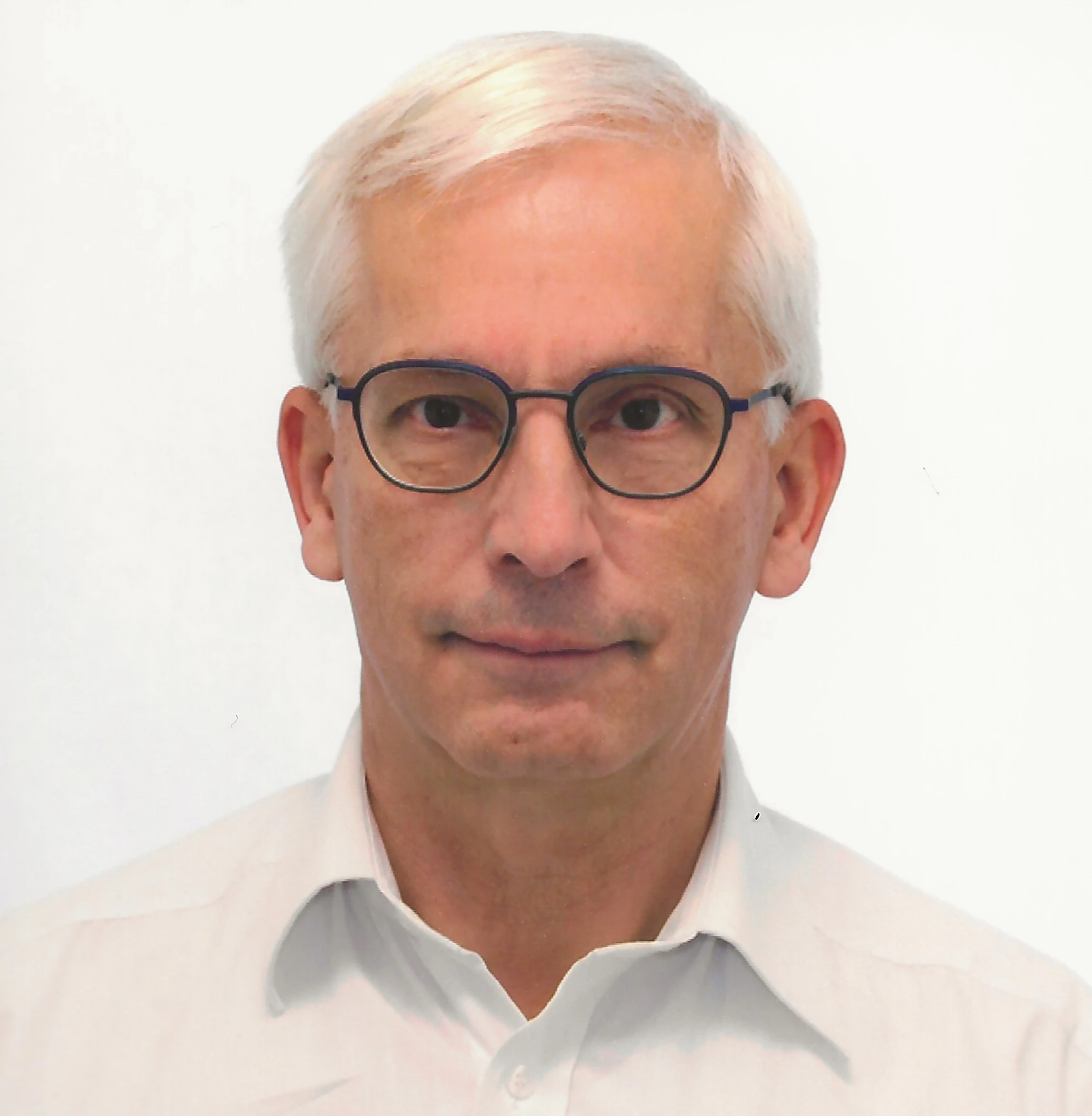 Kees worked for Shell for 35 years as research engineer in Netherlands and USA, and as production engineer in Oman, Malaysia, and The Netherlands.
Kees specialized in gas well performance and deliquification, and since his retirement late 2020, has been internationally active as independent trainer and consultant on those topics.
Kees worked for Shell for 35 years as research engineer in Netherlands and USA, and as production engineer in Oman, Malaysia, and The Netherlands.
Kees specialized in gas well performance and deliquification, and since his retirement late 2020, has been internationally active as independent trainer and consultant on those topics.
Abstract:
Gas wells will be producing for decades to come and hence a solid understanding of gas well performance remains important. This master class will present tips and tools for monitoring and modelling existing gas well performance. It will cover topics such as determining reservoir size, tracking (multi-zone) inflow performance, and diagnosing and sustaining (liquid loading) outflow performance. Practical examples will be used to demonstrate key points and short exercises will serve to challenge your insights.
Gas wells will be producing for decades to come and hence a solid understanding of gas well performance remains important. This master class will present tips and tools for monitoring and modelling existing gas well performance. It will cover topics such as determining reservoir size, tracking (multi-zone) inflow performance, and diagnosing and sustaining (liquid loading) outflow performance. Practical examples will be used to demonstrate key points and short exercises will serve to challenge your insights.
Introduction to Well Engineering
Bas Hengeveld
Bas Hengeveld is a seasoned drilling engineering professional with over 25 years of international experience in the oil and gas industry, including notable positions at Shell and various independent companies.
Bas's expertise spans drilling operations, engineering, safety, and instructional roles, with hands-on experience in both rig environments and corporate settings.
He has demonstrated his skills across a variety of locations, from North Sea platforms to Middle Eastern deserts, handling high-pressure / high-temperature projects, complex drilling requirements, and stringent safety regulations.
With a wealth of experience and a focus on safety and teamwork, Bas is a proven leader in drilling engineering and a trusted instructor in well control and related areas.
He holds a B.Sc. Hons Degree in Oil and Gas Technology and has certifications in IWCF Well Control and Advanced Safety Leadership
Abstract:
This presentation offers a comprehensive introduction to well engineering, designed for students and young professionals who are curious about the field or seeking to enhance their understanding of it.
In this 2-hour session, we'll explore the key concepts, technologies, and challenges in well engineering. Starting with the basics, we'll cover the well lifecycle, focusing on the design and planning stages. You'll learn about the critical factors involved in designing a well, including geological considerations, environmental factors and regulatory requirements.
Next, we'll dive into the drilling process, discussing the equipment used, drilling techniques, and common issues that engineers face on the job. We'll also touch upon the importance of well control and safety, offering insights into best practices to ensure a safe working environment.
Following drilling, we'll examine the various completion methods that allow wells to produce efficiently. To wrap up, we'll discuss suspension and well abandonment and the importance of regulatory compliance.
Throughout the presentation, you'll have the opportunity to ask questions and engage with real-world examples that illustrate key concepts in well engineering. By the end of the session, you'll have a good understanding of the well engineering process, an appreciation for the challenges and rewards of the field, and insights into potential career paths within the industry.
This presentation offers a comprehensive introduction to well engineering, designed for students and young professionals who are curious about the field or seeking to enhance their understanding of it.
In this 2-hour session, we'll explore the key concepts, technologies, and challenges in well engineering. Starting with the basics, we'll cover the well lifecycle, focusing on the design and planning stages. You'll learn about the critical factors involved in designing a well, including geological considerations, environmental factors and regulatory requirements.
Next, we'll dive into the drilling process, discussing the equipment used, drilling techniques, and common issues that engineers face on the job. We'll also touch upon the importance of well control and safety, offering insights into best practices to ensure a safe working environment.
Following drilling, we'll examine the various completion methods that allow wells to produce efficiently. To wrap up, we'll discuss suspension and well abandonment and the importance of regulatory compliance.
Throughout the presentation, you'll have the opportunity to ask questions and engage with real-world examples that illustrate key concepts in well engineering. By the end of the session, you'll have a good understanding of the well engineering process, an appreciation for the challenges and rewards of the field, and insights into potential career paths within the industry.
Introduction to Subsurface Essentials of Deep Geothermal Energy Systems
Jerome Amory
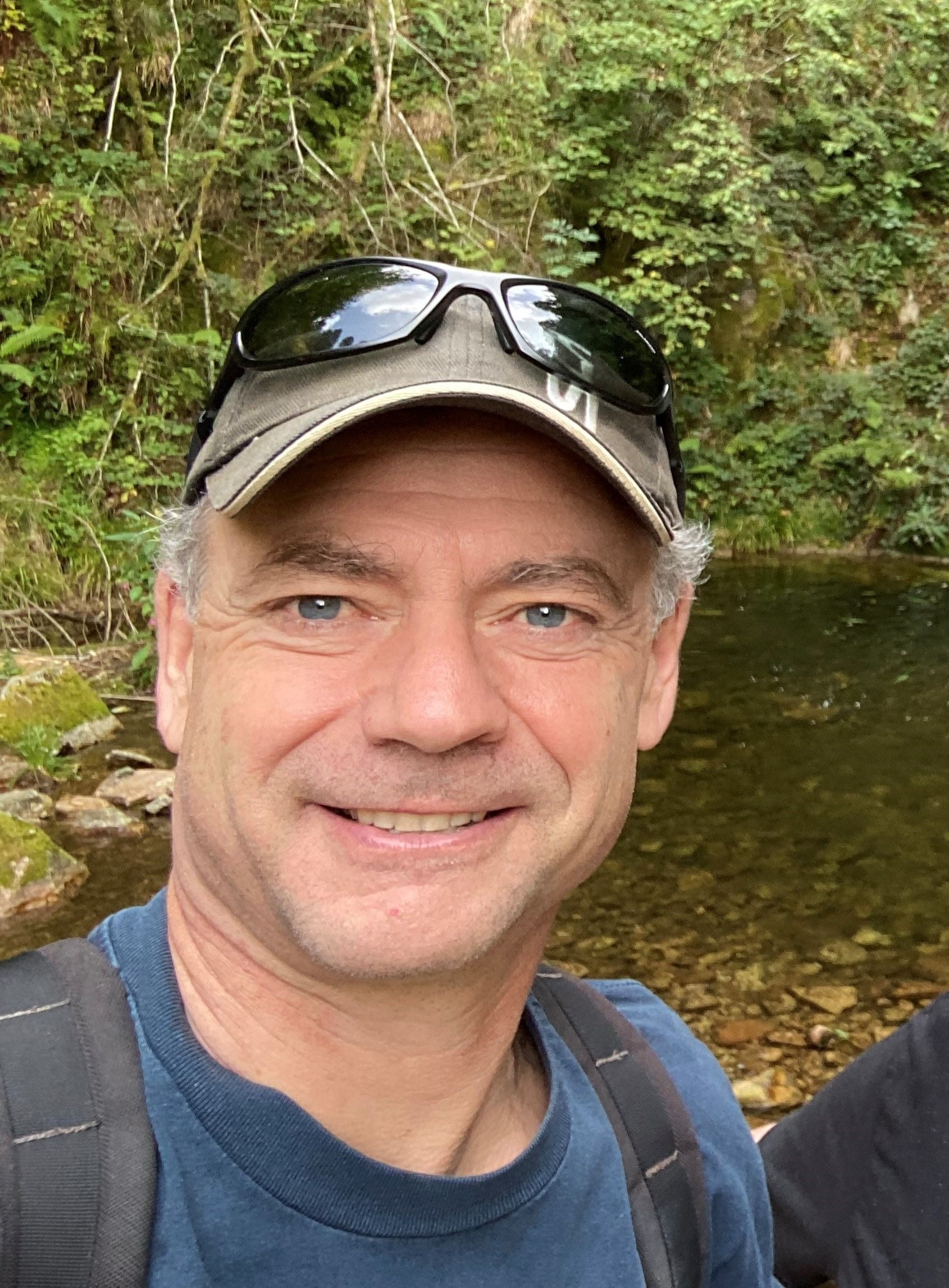 Jerome Amory is a geologist with over two decades of international exposure delivering integrated O&G energy projects across the full resource exploration and development lifecycle.
He is now leveraging this experience to support the energy transition, with focus on deep geothermal energy systems.
Jerome Amory is a geologist with over two decades of international exposure delivering integrated O&G energy projects across the full resource exploration and development lifecycle.
He is now leveraging this experience to support the energy transition, with focus on deep geothermal energy systems.
Jerome graduated with an M.Sc. from Stanford University and worked for 24 years with Shell International. Since 2020 he has been focusing on transferring his skills in support of geothermal projects, helping the assessment and development of resources in the Netherlands, Alsace and southern Belgium. He has been the Geothermal Energy Lead at PanTerra since 2022.
Abstract:
This workshop is an introduction to some of the key subsurface elements impacting the maturation of deep geothermal projects, focusing on low to medium enthalpy systems which are typically used for direct heat distribution.
The first part of the workshop looks at the characteristics of two end-member deep geothermal systems: those targeting saline aquifers, and the ones aiming to develop faulted and fractured reservoirs systems.
The second part of the workshop focuses on the development of deep geothermal systems in the Netherlands, first looking at the main geothermal plays of the region, outlining the essential attributes of the typical geothermal doublets, and providing examples from some established projects. The most important reservoir characteristics will then be discussed, highlighting the performance threshold required to make projects viable as well as the critical elements of subsurface safety design.
The third part of the workshop will use simplified and practical exercises that illustrate and reinforce some the some of the key take-aways from the session.
This workshop is targeted toward experienced professionals and students who have a background in subsurface resource exploration and development, but who have not yet been exposed to geothermal projects.
This short session will provide them with a taste for some of the most important elements to consider in the evaluation of geothermal opportunities, as well as what makes the maturation of these of resources special, in particular when compared with traditional O&G projects.
This workshop is an introduction to some of the key subsurface elements impacting the maturation of deep geothermal projects, focusing on low to medium enthalpy systems which are typically used for direct heat distribution.
The first part of the workshop looks at the characteristics of two end-member deep geothermal systems: those targeting saline aquifers, and the ones aiming to develop faulted and fractured reservoirs systems.
The second part of the workshop focuses on the development of deep geothermal systems in the Netherlands, first looking at the main geothermal plays of the region, outlining the essential attributes of the typical geothermal doublets, and providing examples from some established projects. The most important reservoir characteristics will then be discussed, highlighting the performance threshold required to make projects viable as well as the critical elements of subsurface safety design.
The third part of the workshop will use simplified and practical exercises that illustrate and reinforce some the some of the key take-aways from the session.
This workshop is targeted toward experienced professionals and students who have a background in subsurface resource exploration and development, but who have not yet been exposed to geothermal projects.
This short session will provide them with a taste for some of the most important elements to consider in the evaluation of geothermal opportunities, as well as what makes the maturation of these of resources special, in particular when compared with traditional O&G projects.
The journey to meaningful and effective subsurface risk assessment for CO2 storage
Ben Dewever
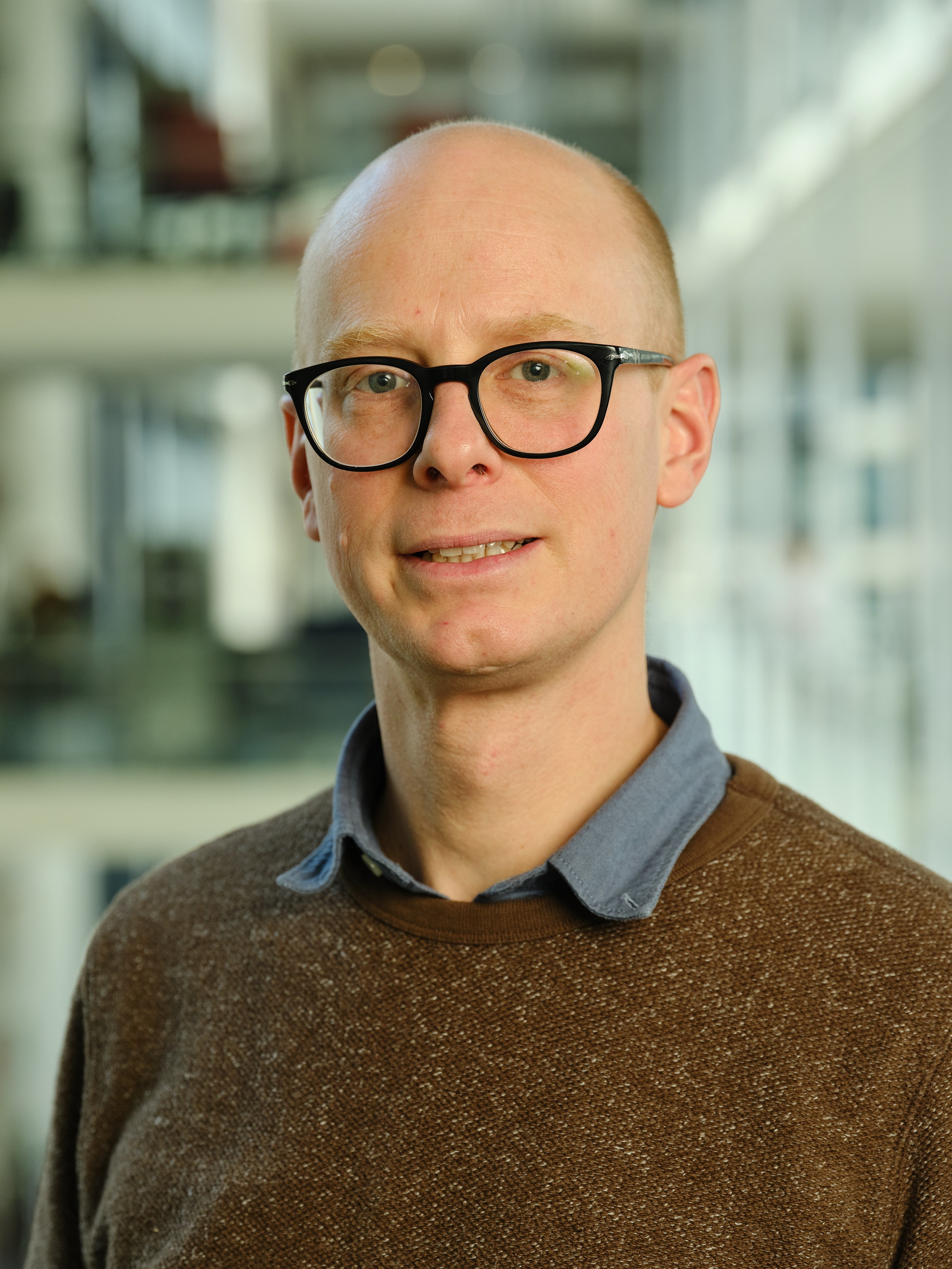 Ben Dewever works for Shell since 2011 and previously held positions in Maersk Oil and Panterra Geoconsultants.
He holds a PhD in Science (Geology) from Catholic University of Leuven and an MSc degree in Energy Management from the Robert Gordon University in Aberdeen.
Ben is a senior geoscientist with a strong background in carbonate reservoir characterization and modelling.
Two years ago, Ben switched from a hydrocarbon to a CCS focus and he currently holds a position as senior CCS geoscientist in Shell's CCS capability team.
Ben Dewever works for Shell since 2011 and previously held positions in Maersk Oil and Panterra Geoconsultants.
He holds a PhD in Science (Geology) from Catholic University of Leuven and an MSc degree in Energy Management from the Robert Gordon University in Aberdeen.
Ben is a senior geoscientist with a strong background in carbonate reservoir characterization and modelling.
Two years ago, Ben switched from a hydrocarbon to a CCS focus and he currently holds a position as senior CCS geoscientist in Shell's CCS capability team.
Abstract:
Contrary to hydrocarbon projects where the gas or oil molecules need to be extracted from their geological residence, CO2 storage projects require integrated subsurface teams to construct a safe and reliable home to welcome CO2 molecules. The intent of this master-class is to show, through some conceptual thought exercises, the importance of integrated subsurface characterization and risk assessment that should contribute to future CO2 storage projects operating effectively. We will touch on some of the critical physical, geological and engineering aspects that underpin subsurface CO2 storage projects and associated subsurface risk management.
Contrary to hydrocarbon projects where the gas or oil molecules need to be extracted from their geological residence, CO2 storage projects require integrated subsurface teams to construct a safe and reliable home to welcome CO2 molecules. The intent of this master-class is to show, through some conceptual thought exercises, the importance of integrated subsurface characterization and risk assessment that should contribute to future CO2 storage projects operating effectively. We will touch on some of the critical physical, geological and engineering aspects that underpin subsurface CO2 storage projects and associated subsurface risk management.
Application of seismic studies in near sub-surface (shallow) geological setups for the foundation studies of wind farms
Sanket Bhattacharya
 Sanket Bhattacharya, Seismic Business Development Manager, joined Fugro in 2018.
He has over 14 years of industry experience in seismic.
As a growing Geophysicist, he was involved in technical assignments in India, USA, UK, Europe, Brazil, Uruguay, Greenland and East & West Africa.
Having dealt with reservoir seismic, there was an essential transition that he had to go through to understand the nuances of the modern-day ultra-ultra-high resolution seismic.
In his current role, Sanket is primarily responsible for solving the seismic challenges in offshore renewables and shaping Fugro's global strategic outlook in seismic. Sanket holds a Bachelor's degree in Geology and two Master's degrees in Applied Geology and Petroleum Geosciences.
Sanket Bhattacharya, Seismic Business Development Manager, joined Fugro in 2018.
He has over 14 years of industry experience in seismic.
As a growing Geophysicist, he was involved in technical assignments in India, USA, UK, Europe, Brazil, Uruguay, Greenland and East & West Africa.
Having dealt with reservoir seismic, there was an essential transition that he had to go through to understand the nuances of the modern-day ultra-ultra-high resolution seismic.
In his current role, Sanket is primarily responsible for solving the seismic challenges in offshore renewables and shaping Fugro's global strategic outlook in seismic. Sanket holds a Bachelor's degree in Geology and two Master's degrees in Applied Geology and Petroleum Geosciences.
Abstract:
Despite significant improvements in shallow marine-seismic imaging techniques in the last decade, it appears that the general ability to explicitly identify and de-risk shallow geohazards has not improved at the same rate. Currently, marine ultra-high-resolution surveys tend to be characterized by < 0.5m vertical resolution at or near the seabed. While this may be acceptable for broader study of shallow geohazards using seismic data, it does not have sufficient resolution for the very detailed information required for de-risking shallow hazards and the associated design and positioning of turbine foundations in offshore wind farms. The aim of this masterclass is to highlight typical challenges that are faced for designing wind farm foundations and how & why detailed seismic studies are critical to gain robust & tangible geological insights.
Despite significant improvements in shallow marine-seismic imaging techniques in the last decade, it appears that the general ability to explicitly identify and de-risk shallow geohazards has not improved at the same rate. Currently, marine ultra-high-resolution surveys tend to be characterized by < 0.5m vertical resolution at or near the seabed. While this may be acceptable for broader study of shallow geohazards using seismic data, it does not have sufficient resolution for the very detailed information required for de-risking shallow hazards and the associated design and positioning of turbine foundations in offshore wind farms. The aim of this masterclass is to highlight typical challenges that are faced for designing wind farm foundations and how & why detailed seismic studies are critical to gain robust & tangible geological insights.
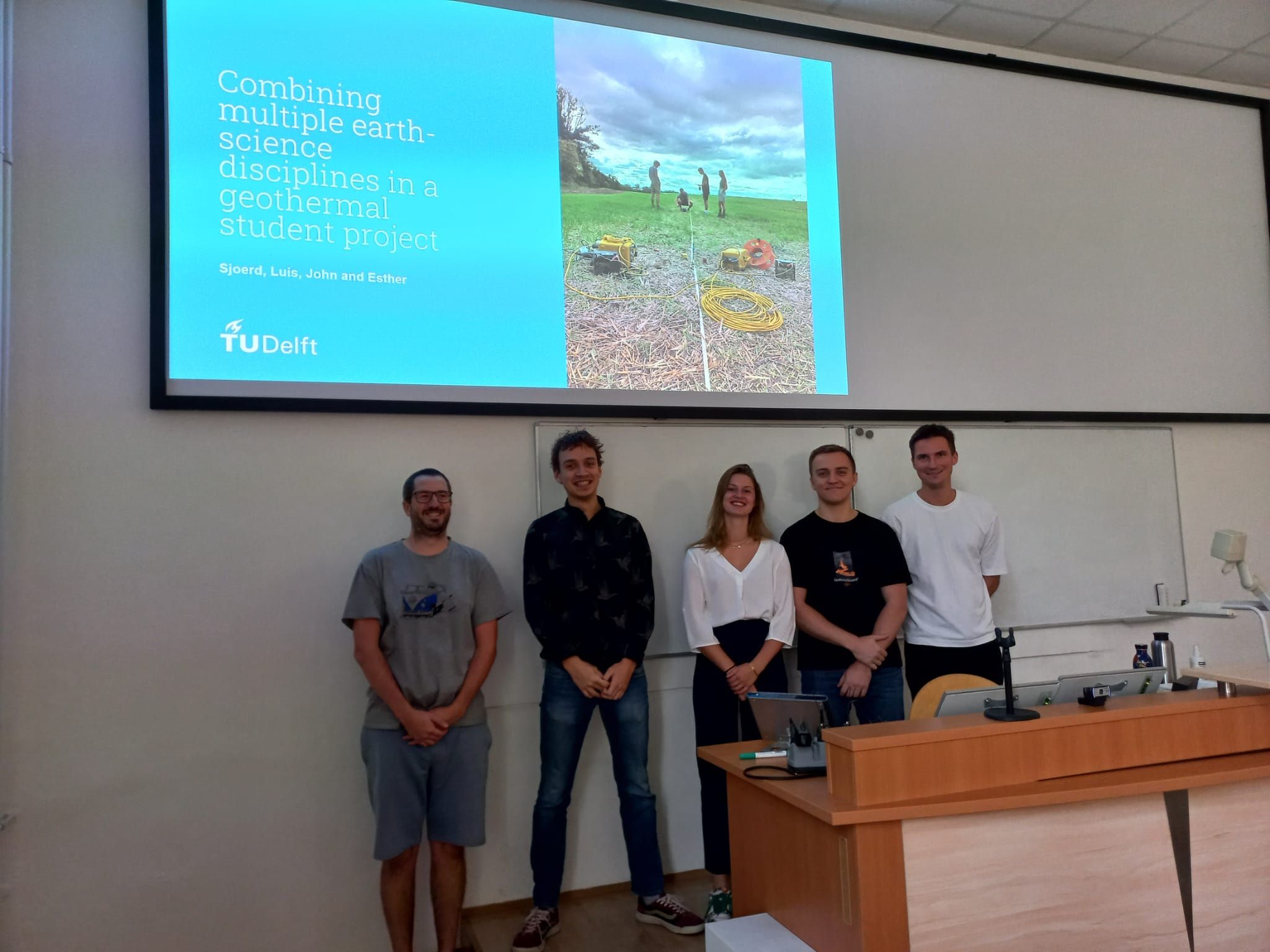 We are a group of five Applied Earth Science master students at the TU Delft with varying backgrounds, four focusing on geo-energy and one on earth observation.
In the second year of our master we took the opportunity to set up a multidisciplinary project abroad.
We ended up in Prague with a project related to geothermal energy in collaboration with the Karlova University in Prague, PUSH-IT and a geothermal site in Litoměřice.
At this site EGS and BTES systems are developed. During the project we came into contact with several aspects of geothermal project development.
Activities included using InSAR and GNSS data, performing well tests, investigating thermal properties of cores, applying geophysical methods such as ERT, surface waves analysis and seismic refraction and using gravity data.
We are a group of five Applied Earth Science master students at the TU Delft with varying backgrounds, four focusing on geo-energy and one on earth observation.
In the second year of our master we took the opportunity to set up a multidisciplinary project abroad.
We ended up in Prague with a project related to geothermal energy in collaboration with the Karlova University in Prague, PUSH-IT and a geothermal site in Litoměřice.
At this site EGS and BTES systems are developed. During the project we came into contact with several aspects of geothermal project development.
Activities included using InSAR and GNSS data, performing well tests, investigating thermal properties of cores, applying geophysical methods such as ERT, surface waves analysis and seismic refraction and using gravity data.
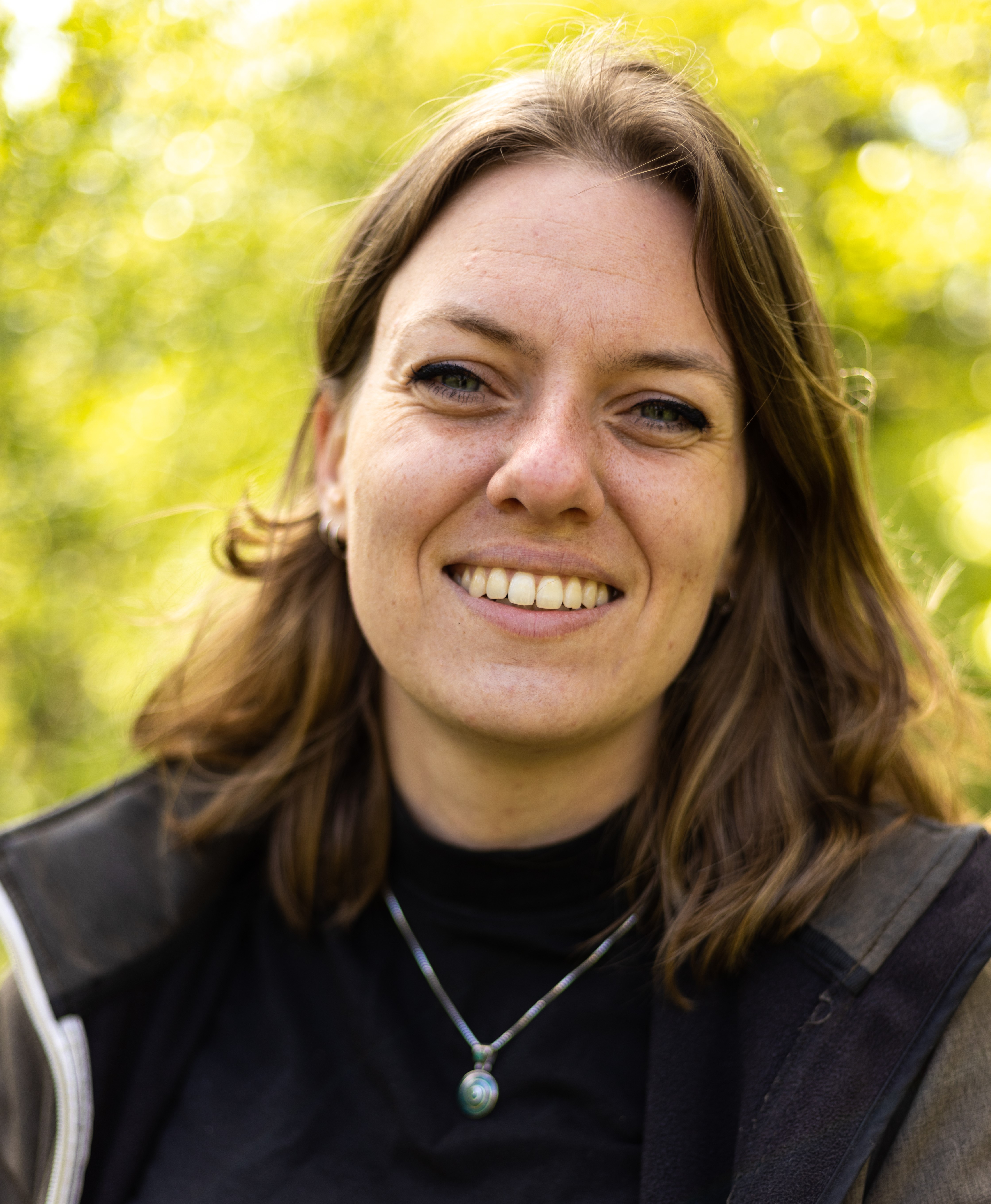 Annelotte Weert is a dedicated PhD candidate in Geology at the University of Naples 'Federico II' and holds a Master's degree in Geology and Geochemistry from VU University Amsterdam.
Her research focuses on the tectono-stratigraphic reconstruction of the West Netherlands Basin and the characterization of its geothermal systems.
Specializing in structural geology and seismic interpretation, Annelotte is passionate about applying her research to develop sustainable energy solutions.
Annelotte Weert is a dedicated PhD candidate in Geology at the University of Naples 'Federico II' and holds a Master's degree in Geology and Geochemistry from VU University Amsterdam.
Her research focuses on the tectono-stratigraphic reconstruction of the West Netherlands Basin and the characterization of its geothermal systems.
Specializing in structural geology and seismic interpretation, Annelotte is passionate about applying her research to develop sustainable energy solutions.
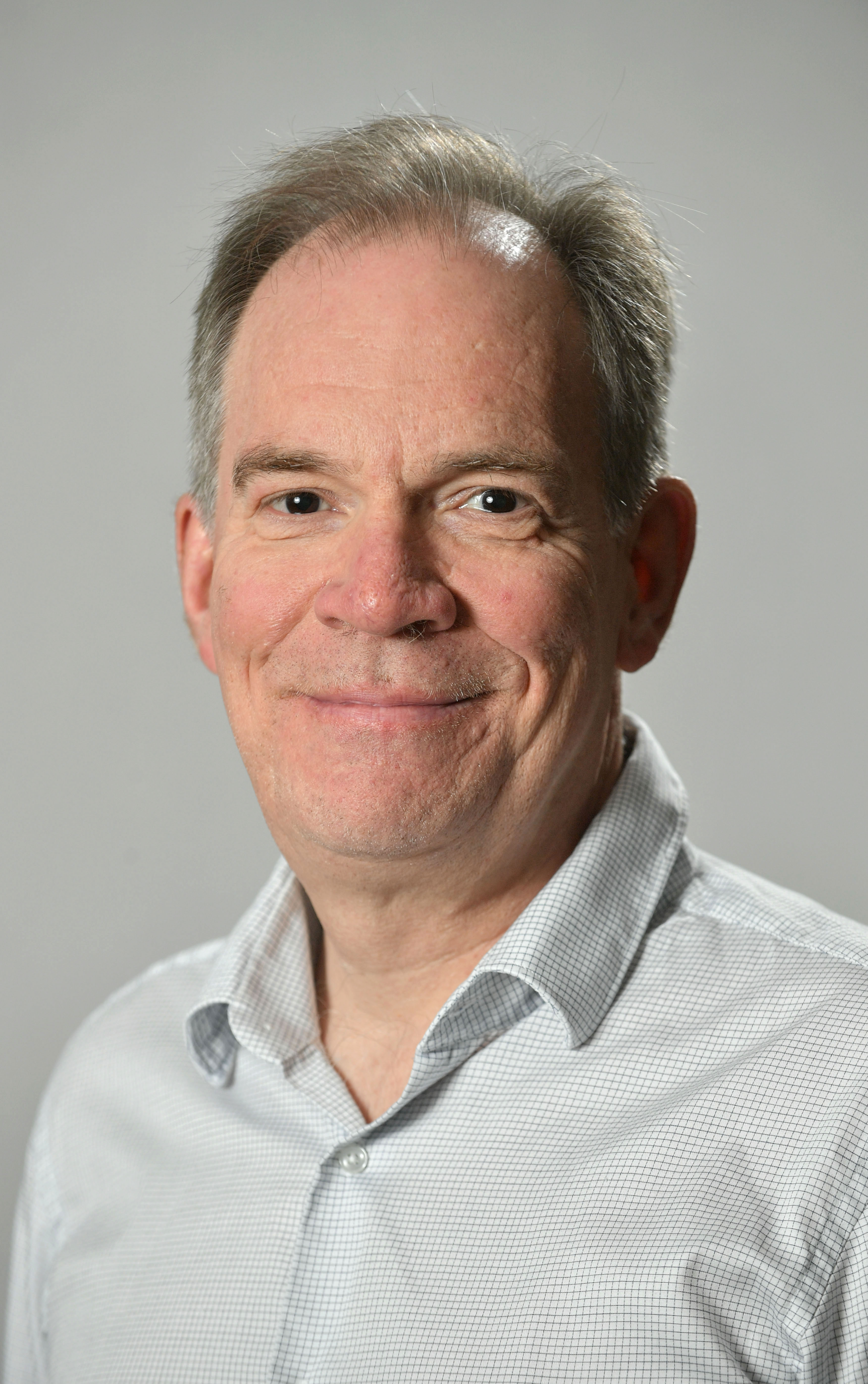 Johan is a partner in ValVestris, where his focus is on helping organisations in the
energy sector to make complex strategic decisions.
Johan is a partner in ValVestris, where his focus is on helping organisations in the
energy sector to make complex strategic decisions.
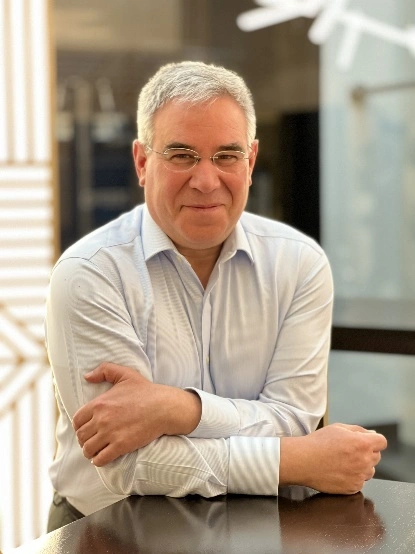 Matteo began his 20+ year career as Petroleum Engineer applying Data Mining technologies in
various fields of the O&G industry. Matteo focused on developing and integrating data with operation
surveillance systems to address specific asset management requirements. In SLB, Matteo has
worked in a number of positions related to Software Development, Asset Surveillance and Decision
Making Support Systems.
Matteo began his 20+ year career as Petroleum Engineer applying Data Mining technologies in
various fields of the O&G industry. Matteo focused on developing and integrating data with operation
surveillance systems to address specific asset management requirements. In SLB, Matteo has
worked in a number of positions related to Software Development, Asset Surveillance and Decision
Making Support Systems.
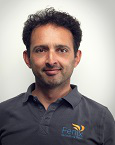 Josef conducts fracture stimulation studies, on-site fracture engineering, Fracpro training courses, welltest analysis, reservoir simulation studies and software development.
Before he joined Pinnacle Technologies Delft in 1996, Josef worked at RES, where he was the Lead Software Engineer for development of Fracpro.
Prior to that, Josef worked for Hunter Geophysics, working on tiltmeter mapping applications.
Josef has over 30 years of industry experience and received his Bachelor's and Master's degrees from MIT in Electrical Engineering and Computer Science.
Josef is active in the Society of Petroleum Engineering, co-chairing the European Stimulation Workshop for the last 10 years and serving on the committee of the International Hydraulic Fracturing Technical Conference since its inception
Josef conducts fracture stimulation studies, on-site fracture engineering, Fracpro training courses, welltest analysis, reservoir simulation studies and software development.
Before he joined Pinnacle Technologies Delft in 1996, Josef worked at RES, where he was the Lead Software Engineer for development of Fracpro.
Prior to that, Josef worked for Hunter Geophysics, working on tiltmeter mapping applications.
Josef has over 30 years of industry experience and received his Bachelor's and Master's degrees from MIT in Electrical Engineering and Computer Science.
Josef is active in the Society of Petroleum Engineering, co-chairing the European Stimulation Workshop for the last 10 years and serving on the committee of the International Hydraulic Fracturing Technical Conference since its inception
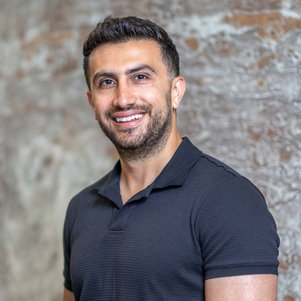 Milad Naderloo is a researcher in the field of Geomechanics and Applied Geophysics, currently embarking on a postdoctoral journey at TU Delft.
With a foundation in rock mechanics from the University of Tehran and a Ph.D. focused on geomechanics and petrophysics from TU Delft, Milad has honed his expertise in induced seismicity, fault mechanics, passive acoustics, and rock deformation experiments.
His primary research focuses on understanding the deformation of reservoirs and the reactivation of faults associated with energy storage projects, such as underground hydrogen and CO2 storage, as well as geothermal energy.
Milad's current postdoctoral research delves into the interactions between hydrogen and rock formations, exploring its implications on reservoir geomechanics, a critical aspect of sustainable energy solutions.
Milad Naderloo is a researcher in the field of Geomechanics and Applied Geophysics, currently embarking on a postdoctoral journey at TU Delft.
With a foundation in rock mechanics from the University of Tehran and a Ph.D. focused on geomechanics and petrophysics from TU Delft, Milad has honed his expertise in induced seismicity, fault mechanics, passive acoustics, and rock deformation experiments.
His primary research focuses on understanding the deformation of reservoirs and the reactivation of faults associated with energy storage projects, such as underground hydrogen and CO2 storage, as well as geothermal energy.
Milad's current postdoctoral research delves into the interactions between hydrogen and rock formations, exploring its implications on reservoir geomechanics, a critical aspect of sustainable energy solutions.
 Myrna is a Geophysics Innovation Team Lead for Fugro with experience in the creation of seismic processing products in academia and industry. Since finalizing her PhD from TU Delft (on Marchenko imaging, supervised by Prof. Kees Wapenaar), she worked for Fugro as a Technologist, Product Owner and recently as a Team Lead. She and her team are responsible for the development of 7 land and marine geophysical and geotechnical innovations and built up a portfolio of 16 patents in less than 2 years. She believes in interdisciplinary and client-focused innovation through the connection of people, their problems, and novel technologies.
Myrna is a Geophysics Innovation Team Lead for Fugro with experience in the creation of seismic processing products in academia and industry. Since finalizing her PhD from TU Delft (on Marchenko imaging, supervised by Prof. Kees Wapenaar), she worked for Fugro as a Technologist, Product Owner and recently as a Team Lead. She and her team are responsible for the development of 7 land and marine geophysical and geotechnical innovations and built up a portfolio of 16 patents in less than 2 years. She believes in interdisciplinary and client-focused innovation through the connection of people, their problems, and novel technologies.
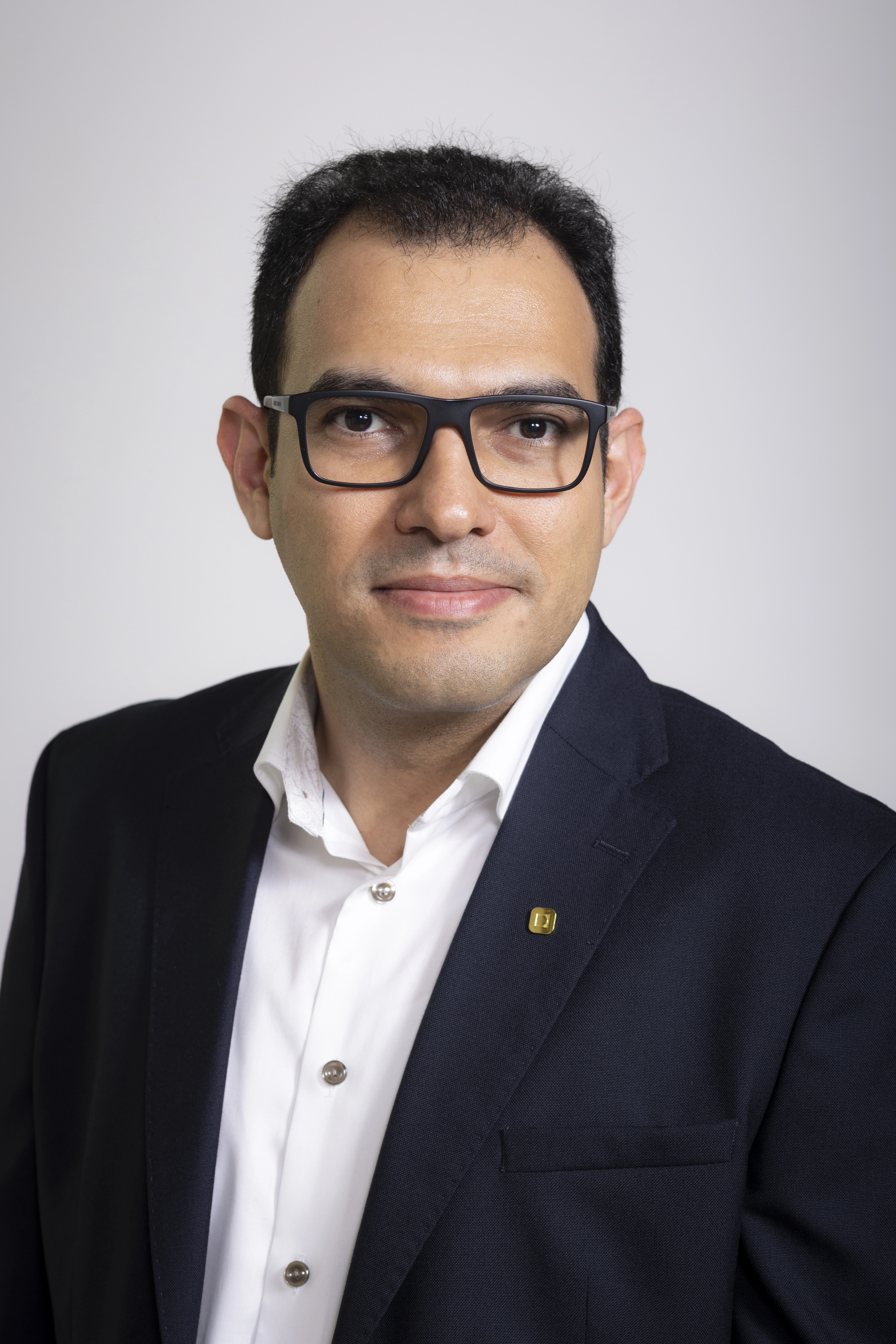 Ashkan Jahanbani is associate professor of reservoir engineering at NTNU (Department of Geoscience and Petroleum),
leader of the Gemini center CEORS (CO2 Enhanced Oil Recovery and Storage) and deputy leader of the BRU21 program area- reservoir management and production optimization.
He is the recipient of 2024-2025 Fulbright Visiting Scholar Grant for conducting research on “Reuse Of the SubSurface (ROSS)” at the University of Southern California.
In 2022, Ashkan was selected as one of NTNU's young talents in Outstanding Academic Fellows Programme 4.0 (2022-2026) with a research focus on CO2 storage challenges.
With a background in reservoir engineering (BSc & MSc from PUT/Iran, MEng from UofC/Canada and PhD from NTNU/Norway),
Ashkan is specialized in reservoir simulation, enhanced oil recovery, geological CO2 storage, well test analysis, PVT, fluid flow in porous media and proxy modeling.
Ashkan Jahanbani is associate professor of reservoir engineering at NTNU (Department of Geoscience and Petroleum),
leader of the Gemini center CEORS (CO2 Enhanced Oil Recovery and Storage) and deputy leader of the BRU21 program area- reservoir management and production optimization.
He is the recipient of 2024-2025 Fulbright Visiting Scholar Grant for conducting research on “Reuse Of the SubSurface (ROSS)” at the University of Southern California.
In 2022, Ashkan was selected as one of NTNU's young talents in Outstanding Academic Fellows Programme 4.0 (2022-2026) with a research focus on CO2 storage challenges.
With a background in reservoir engineering (BSc & MSc from PUT/Iran, MEng from UofC/Canada and PhD from NTNU/Norway),
Ashkan is specialized in reservoir simulation, enhanced oil recovery, geological CO2 storage, well test analysis, PVT, fluid flow in porous media and proxy modeling.
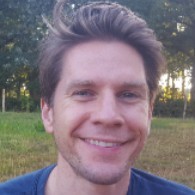 Henk van Oeveren is senior project leader and reservoir engineer at Ennatuurlijk Aardwarmte. He has worked on gas, oil, gas storage, and geothermal project development and operations.
Henk van Oeveren is senior project leader and reservoir engineer at Ennatuurlijk Aardwarmte. He has worked on gas, oil, gas storage, and geothermal project development and operations.
 Andrea Vondrak is senior geologist at Ennatuurlijk Aardwarmte. She has worked on oil & gas projects as well as geothermal projects, with highlights of joining projects drilling an offshore well and in 2023 the geothermal doublets on the TU Delft campus.
Andrea Vondrak is senior geologist at Ennatuurlijk Aardwarmte. She has worked on oil & gas projects as well as geothermal projects, with highlights of joining projects drilling an offshore well and in 2023 the geothermal doublets on the TU Delft campus.